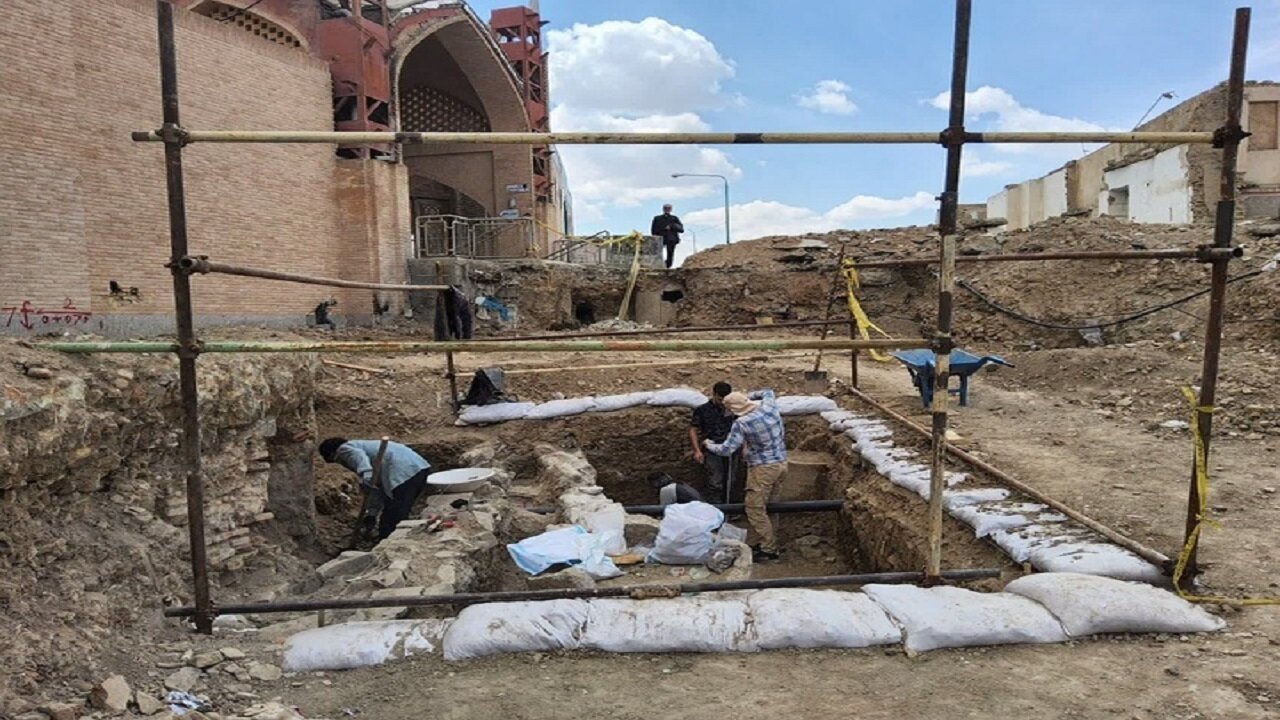Archaeological discoveries in Isfahan shed light on hidden history

The discovery was made in the Kamar-Zarrin passage, which is situated near the UNESCO-listed Jameh Mosque of the ancient city which was once the capital of the Safavid Empire.
Led by a research team from the University of Art Isfahan, the excavations have revealed traces of human activity spanning multiple historical periods. Ali Shojaei-Esfahani, an archaeologist and faculty member at the university, emphasized that the findings include remnants from the Sassanian period (224–651 CE), confirming the passage’s long-standing role in the city’s development.
One of the most significant discoveries is a well-preserved pottery kiln, believed to have been active since the 13th century (7th century AH). This find is expected to enhance historical understanding of Isfahan’s ceramic production, an area that has lacked comprehensive study until now.
Initial concerns about potential destruction of the site due to urban development projects were met with resistance from cultural heritage advocates. According to Shojaei-Esfahani, early skepticism from some municipal officials nearly led to the site’s burial under new roadways. However, persistent efforts from archaeologists and heritage organizations have secured its protection, paving the way for the establishment of an open-air urban museum in Kamar-Zarrin.
The excavation also uncovered evidence of a pre-Safavid marketplace and artisanal workshops, suggesting that Kamar-Zarrin functioned as a bustling commercial hub before the city reached its peak during the Safavid dynasty.
As excavation and conservation efforts continue, the findings at Kamar-Zarrin are expected to reshape scholarly perspectives on Isfahan’s pre-Safavid history. With further geophysical studies planned for the coming weeks, archaeologists remain hopeful that additional layers of the city’s past will be unearthed, further enriching Iran’s already vast historical and cultural heritage.
AM
Leave a Comment